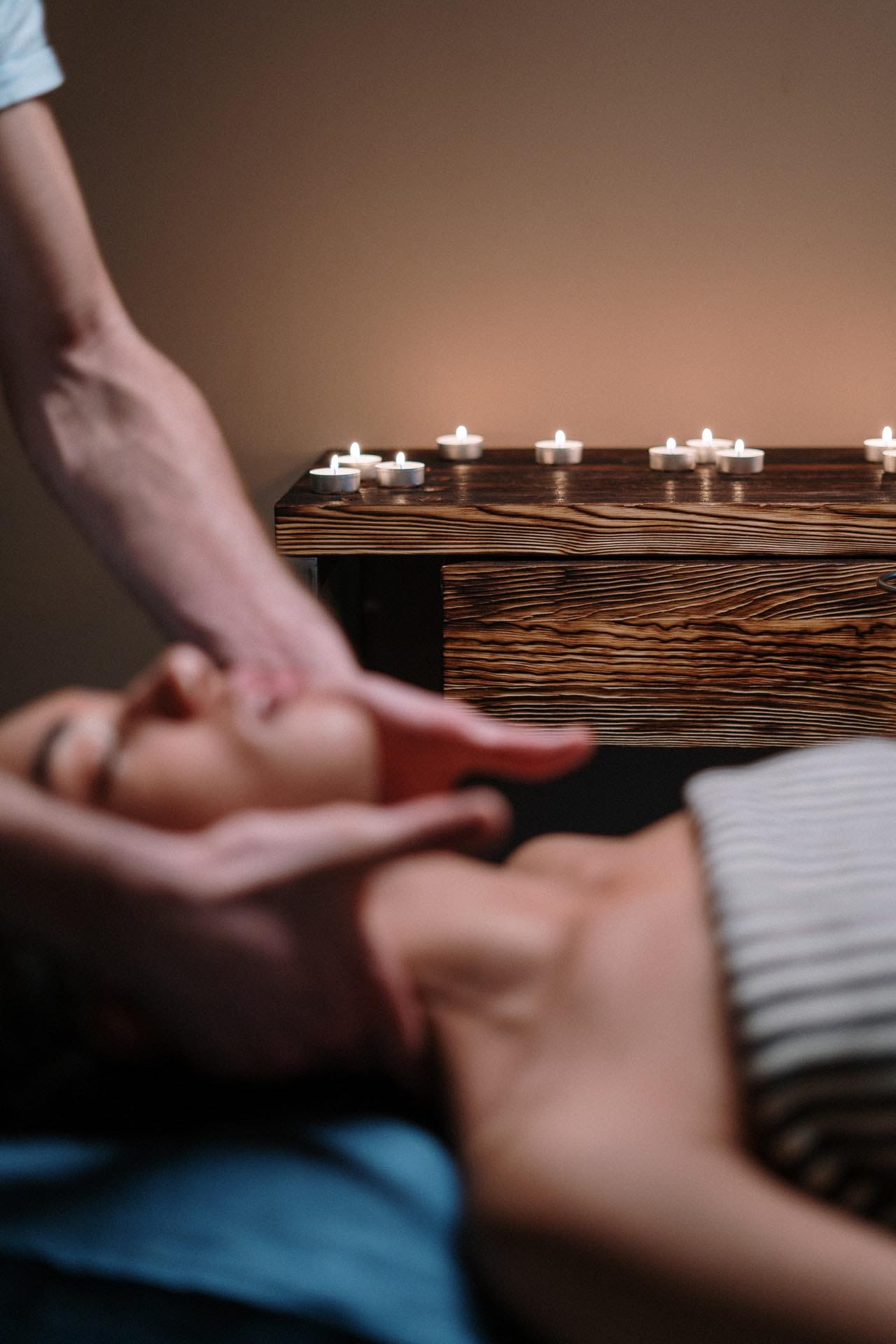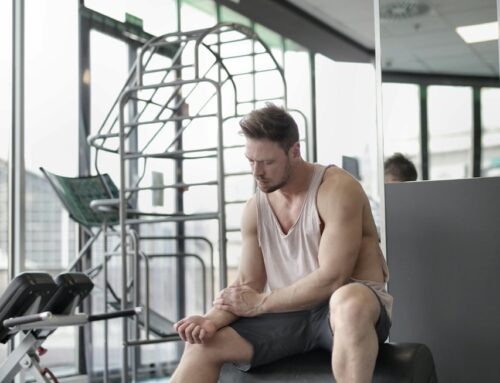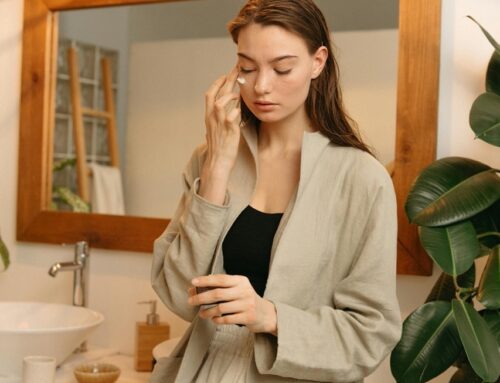What Is Reflexology?
Reflexology is a kind of therapy that uses mild stress on specific points along your feet (and possibly on your hands or ears) to help you feel much better. The theory is that this alleviates stress and anxiety, which aids your body position much better. It’s additionally understood as area treatment.
The way reflexology links places outside of your body to the within is like acupuncture and acupressure. Yet those therapies use points throughout your body, not simply on your feet, hands, and also ears. And while reflexologists use their hands, it isn’t a kind of massage.
Like those other therapies, however, reflexology is corresponding to medical therapies. It can be done alongside standard treatment, yet it’s not an alternative, and reflexologists don’t identify or deal with illnesses.
Reflexology Benefits
Reflexology may help you feel less stressed out, extra unwinded, and also a lot more energized. Yet, the advantages might go deeper if you have specific health concerns.
Some individuals with medical problems discover that they really feel less pain and pain if they have less tension, and also reflexology may help with that. Scientists evaluated 17 types of research of the mental advantages of the therapy. They found that it improved feelings of well-being and made it easier for people to manage their problems.
The additional research study is required to see if reflexology can have a direct effect on specific problems, yet based upon what we understand so far, it may ease:
- Stress and anxiety amongst individuals who’ve had heart surgical procedure
- Discomfort throughout labor
- Joint inflammation pain
- Some signs and symptoms of numerous sclerosis, like tiredness and also awkward skin feelings
- Psychological and also physical pain brought on by cancer cells
It may additionally assist:
- Improve sinus concerns
- Alleviate back discomfort
- Alleviate irregular bowel movements
What You Can Anticipate During a Reflexology Session
To understand you and make sure that reflexology is ideal for you, the therapist will begin by asking about your wellness, what you consume, your way of living, and any problems you have. Your responses will undoubtedly help them determine whether to service your feet, hands, ears, or a combination of those. This is additionally the moment to ask any inquiries you have.
You’ll probably be in a calming, spa-like setup with soft songs, reduced lights, and possibly aromatherapy. You might remain in a reclining chair or exist down on a massage table. You’ll keep your clothing on, yet use something comfortable so you can much better kickback.
Several reflexologists will start by carefully smoothing oil or lotion on your feet. Next, they’ll place light to moderate stress on one foot each time using various techniques. They could return to specific pressure points a second time, yet they’ll cover the whole area during the session, not just the factors attached to any problem spots you could have.
The procedure is usually 30 or 60 mins long. At some point, you could feel so unwinded that you drop off to sleep, or you can feel a rush of feelings as energy moves via your body. Later, you could feel refreshed or have a sense of calm.
You may have a reflexology session just occasionally, as a routine “tune-up,” or every week for a set period if you’re using it to assist with a problem. You might also ask your reflexologist for suggestions on how to do it on your own between sessions. You can get unique socks with a map of all the stress to indicate using as a guide.
You might get some take advantage of simply 5 minutes of reflexology on your hands. It’s simple at any time you feel worried, also at your desk. It can be as essential as wrapping one hand around each finger of the opposite hand, one by one. Begin with the thumb and also hold for 1 to 2 minutes before relocating to the next finger and more until you reach your pinkie, then change hands and also repeat.
Exactly How Does Reflexology Work?
There are different concepts regarding the exact method that reflexology works. Still, the primary idea is that various areas of the feet are connected to specific body parts, which putting stress on one area of the foot can result in the organ it corresponds with.
According to the zone concept, a foot is split into five zones that range from toe to heel: The big toe is area 1, and the pinky toe is area 5. The body is separated into ten areas that run from head to foot. Zone 1 straightens with the left and outstanding ability of the body, and area 5 straightens with the left and best sides of the body. When you put stress on area 1 in the foot, it can eliminate pain in the part of the body linked to that location.
A theory that goes back to the 19th century recommends that reflexology works by boosting the nerves. Pressing on locations of the feet in a calming means stimulates the nerves there, which sends a message to the central anxious system. This helps kick back the body and has favorable results on your breathing, blood circulation, immune reaction, and more.
An additional theory recommends that reflexology assists counter the way that your mind signs up discomfort. When your feet are rubbed, the relaxing sensations might help alleviate anxiety and enhance your mood, which might make you much less likely to perceive pain as profoundly.
Still, an additional concept recommends that your body includes “crucial energy” affected by stress. If you do not function to ease the stress and anxiety, your body might not work as well as it should, leading to pains or health problems. Reflexology is created to help you keep the flow of vital force via your body.
When You Should Avoid Reflexology
Many people, even those in the medical facility, can take advantage of reflexology. Research on females with advanced breast cancer cells found it was secure even for very ill people.
Yet you should not have reflexology if you’re recuperating from a hurt foot or have gout pain. Because it may influence blood circulation, it’s acceptable for individuals with embolism or ladies who are expecting.
If you have a chronic condition, a disease that impacts your feet or legs, or arthritis in your feet or ankles, ask your physician initially. If your feet are out-of-bounds, you may still have the ability to have reflexology on your hands or ears.
Locating a Reflexologist
Reflexology is commonly provided at health facilities with massage services. Make sure to request a qualified reflexologist that has actually taken an accredited program of at the very least 110 hrs and also is certified by a national board. The locator on the internet sites of organizations like the Reflexology Association of America or the American Reflexology Certification Board can be a great place to start.




